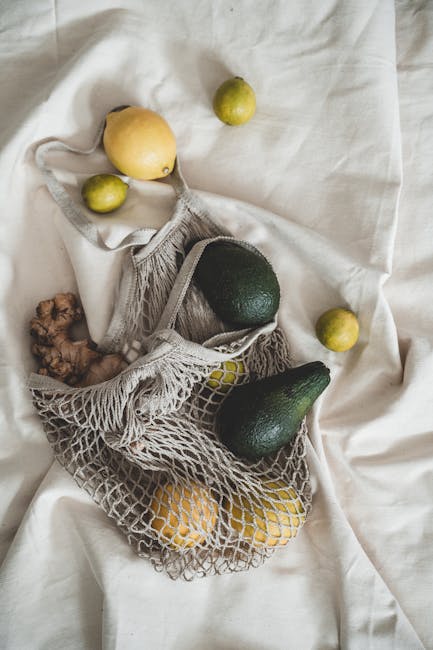Unlock the Secrets: 5 Food Dehydrator Hacks for Gluten-Free and Allergy-Friendly Cooking
Food dehydration is not just a preservation method; it’s a culinary technique that can elevate your cooking, especially if you are on a gluten-free diet or have food allergies. A food dehydrator can help you create flavorful snacks, ingredients, and meals that suit your dietary needs. In this article, we will explore five innovative hacks to make the most of your food dehydrator for gluten-free and allergy-friendly cooking.
1. Dehydrate Your Own Gluten-Free Snacks
One of the biggest challenges of following a gluten-free diet is finding suitable snacks that are not only safe to eat but also delicious. With a food dehydrator, you can easily make your own gluten-free snacks at home. Dehydrating fruits like apples, mangoes, and strawberries can result in chewy, flavorful treats that are free from gluten and additives.
You can also create vegetable chips by thinly slicing vegetables like sweet potatoes, zucchini, or kale and dehydrating them until they are crispy. These homemade snacks are healthier alternatives to store-bought gluten-free options and allow you to customize flavors and seasonings to suit your taste preferences.
2. Prep Allergy-Friendly Ingredients
Food allergies can make cooking a challenge, especially when many pre-packaged ingredients may contain allergens. By dehydrating your own ingredients, you can ensure that your meals are free from allergens and safe to consume.

Dehydrating vegetables like onions, bell peppers, and tomatoes can create flavorful additions to your dishes without the risk of cross-contamination from fresh produce. You can also make allergy-friendly seasonings like garlic powder, onion powder, and chili flakes by dehydrating and grinding these ingredients at home.
3. Make Homemade Gluten-Free Flours
Many gluten-free flours available in stores can be expensive and may contain additives or cross-contaminants. With a food dehydrator, you can make your own gluten-free flours from whole grains, nuts, seeds, and legumes.
Simply dehydrate the ingredients until they are completely dry, then grind them into a fine powder using a blender or food processor. You can create flours like almond flour, coconut flour, or chickpea flour that are free from gluten and preservatives. These homemade flours can be used in baking or as thickeners in sauces and soups.
4. Preserve Seasonal Produce for All-Year-Round Use
Seasonal fruits and vegetables are not always available year-round, but with a food dehydrator, you can preserve the flavors of your favorite produce to enjoy them any time of the year. Dehydrating seasonal fruits like berries, peaches, or grapes can concentrate their flavors and sweetness, allowing you to enjoy them in the off-season.
You can also dehydrate seasonal herbs like basil, oregano, and thyme to create your own dried herb blends. These preserved ingredients can add depth and aroma to your dishes, even when fresh herbs are not readily available. By dehydrating and storing seasonal produce, you can reduce food waste and always have flavorful ingredients on hand.

5. Create Allergy-Friendly Jerky and Protein Snacks
Store-bought jerky and protein snacks often contain allergens like soy, gluten, or additives. With a food dehydrator, you can make your own allergy-friendly jerky using safe ingredients like lean meats, poultry, or plant-based proteins.
Marinate thinly sliced meat or tofu in a homemade allergy-friendly marinade, then dehydrate until the jerky is tender and flavorful. You can customize the seasonings and flavors to create unique jerky varieties that suit your dietary needs. These homemade protein snacks are perfect for on-the-go fuel and can be a healthy alternative to commercial options.
Conclusion
A food dehydrator is a versatile tool that can revolutionize gluten-free and allergy-friendly cooking in your kitchen. By utilizing these five food dehydrator hacks, you can create a variety of snacks, ingredients, and meals that cater to your specific dietary needs while enhancing flavors and textures in your dishes.
Experiment with different fruits, vegetables, grains, and proteins to discover new ways to use your food dehydrator and unlock the secrets of gluten-free and allergy-friendly cooking. With a bit of creativity and the right techniques, you can elevate your culinary creations and enjoy delicious, safe meals that nourish both your body and soul.


